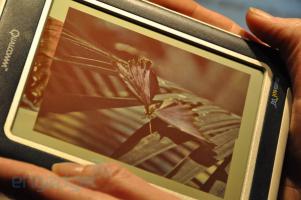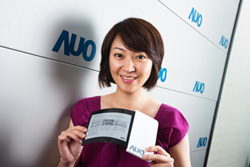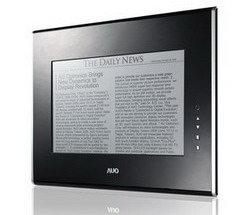PixelQi unveiles new 10" wide-view panels, says they are 30% more power efficient than previous ones
Pixel Qi is introducing new 10" touch-capable wideview display panels, which are 30% more power efficient than their previous models. These ones are aimed towards tablets. The company is demonstrating this on a number of tablets and netbooks.
Engadget says that the pen and finger input is very responsive in both LCD modes, and they were similarly impressed with the wideview screen on the netbooks. PixelQi's CEO Mary Lou Jepsen says that they are currently working with major manufacturers to bring these displays to the market.




